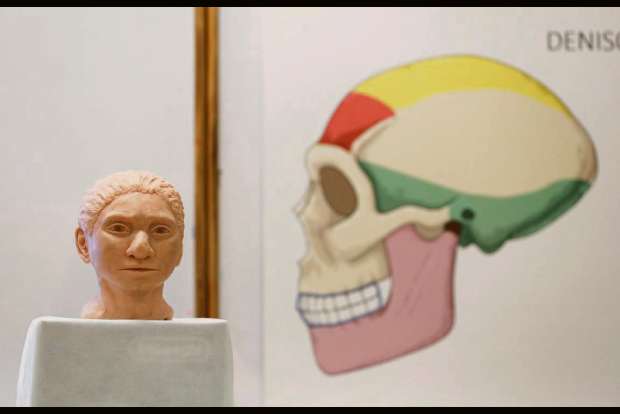Begin typing your search...
Signs of Evolution: Brain cells offer clues on Neanderthal-Sapien divide
In recent years, scientists have figured out how to grow blobs of hundreds of thousands of live human neurons that look — and act — something like a brain.

Chennai
These so-called brain organoids have been used to study how brains develop into layers, how they begin to spontaneously make electrical waves and even how that development might change in zero gravity. Now researchers are using these pea-size clusters to explore our evolutionary past. In a study published on Thursday, a team of scientists describe how a gene likely carried by Neanderthals and our other ancient cousins triggered striking changes in the anatomy and function of brain organoids.
As dramatic as the changes are, the scientists say it’s too soon to know what these changes mean for the evolution of the modern human brain. “It’s more of a proof of concept,” said Katerina Semendeferi, a co-author of the new study and an evolutionary anthropologist at the University of California San Diego.
To build on the findings, she and her co-author, Alysson Muotri, have established the UC San Diego Archealization Center, a group of researchers focused on studying organoids and making new ones with other ancient genes. “Now we have a beginning, and we can start exploring,” Dr. Semendeferi said. Dr. Muotri began working with brain organoids more than a decade ago. To understand how Zika produces birth defects, for example, he and his colleagues infected brain organoids with the virus, which prevented the organoids from developing their cortex-like layers.
In other studies, the researchers studied how genetic mutations help give rise to disorders like autism. They transformed skin samples from volunteers with developmental disorders and transformed the tissue into stem cells. They then grew those stem cells into brain organoids. Organoids from people with Rett Syndrome, a genetic disorder that results in intellectual disability and repetitive hand movements, grew few connections between neurons. Dr. Semendeferi has been using organoids to better understand the evolution of human brains. In previous work, she and her colleagues have found that in apes, neurons developing in the cerebral cortex stay close to each other, whereas in humans, cells can crawl away across long distances. “It’s a completely different organisation,” she said.
But these comparisons stretch across a vast gulf in evolutionary time. Our ancestors split off from chimpanzees roughly seven million years ago. For millions of years after that, our ancestors were bipedal apes, gradually attaining larger heights and brains, and evolving into Neanderthals, Denisovans and other hominins.
It’s been difficult to track the evolutionary changes of the brain along the way. Our own lineage split from that of Neanderthals and Denisovans about 600,000 years ago. After that split, fossils show, our brains eventually grew more rounded. But what that means for the 80 billion neurons inside has been hard to know.
Dr. Muotri and Dr. Semendeferi teamed up with evolutionary biologists who study fossilised DNA. Those researchers have been able to reconstruct the entire genome of Neanderthals by piecing together genetic fragments from their bones. Other fossils have yielded genomes of the Denisovans, who split off from Neanderthals 400,000 years ago and lived for thousands of generations in Asia. The evolutionary biologists identified 61 genes that may have played a crucial role in the evolution of modern humans. Each of those genes has a mutation that’s unique to our species, arising some time in the last 600,000 years, and likely had a major impact on the proteins encoded by these genes.
Zimmer writes the “Matter” column for NYT©2020
The New York Times
Visit news.dtnext.in to explore our interactive epaper!
Download the DT Next app for more exciting features!
Click here for iOS
Click here for Android
Next Story



